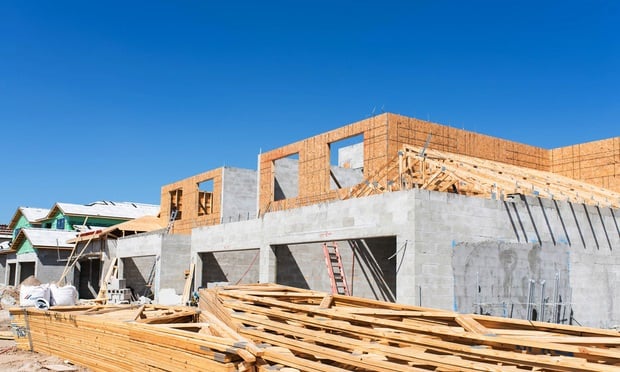SAN DIEGO-“Like any great city, San Diego needs to reinvent itself,” according to Joe LaCava, chair of the City of San Diego Community Planners Committee and moderator of a recent panel presented by The Urban Land Institute San Diego/Tijuana District Council. However, without the tools that redevelopment formerly offered to cities, determining what to do next and how to capitalize reinvestment is the challenge currently facing California municipalities.
When the California Supreme Court effectively eliminated redevelopment in December 2011, the need for revitalization and economic development was not erased. “There are neighborhoods that are missing certain infrastructure, cultural facilities, bikeways and more, and these communities deserve the same as others neighborhoods,” said panelist Jeff Graham, president of Civic San Diego.
Redevelopment mitigated the risks for developers, according to panelist Tony Pauker, vice president of City Ventures, who stated, “Formerly with redevelopment, developers had tools and now those tools are gone. We see neighborhoods that have potential, but with the existing risk that we didn't have under redevelopment, we pass them over.”
Bill Anderson, vice president of AECOM, believes that reinvention of existing communities can still happen under the right context, noting that other states and cities have been revitalizing their communities without access to the tools California used to enjoy. “They were envious of us and now we are envious of them.”
Coleen Clements,a senior planner with the San Diego Association of Governments, envisions transit oriented development as incentivizing development, especially in infill areas where the SANDAG projects growth will occur. SANDAG's projections show that by the year 2050, nearly 1 million additional residents will live in the region, many of whom will be seniors (65-years old and older) who will want to live in an urban environment. SANDAG's long-term plans include an investment of $418 billion in all types of transportation.
The panel, however, was divided as to whether transportation alone would be enough to draw investment. Pauker doesn't see TOD penciling out in most parts of the region, especially as it relates to residential building. Anderson countered that in Los Angeles, Washington D.C. and other cities there is interesting development that does work financially and much depends upon how we define and view TOD.
“Transit oriented development is not a single building—it is a neighborhood with a mixture of town homes, flats, single family and mixed use,” he noted.
Noting the accomplishments of redevelopment in downtown San Diego, LaCava asked Graham if the success of downtown revitalization could be replicated in the other areas, especially without the tax incentives that were found with redevelopment. According to Graham, “We have to get creative.” He noted that Civic San Diego is looking to create a public-private investment fund to help transit oriented development “get it off the ground,” adding that Civic San Diego is focused on TOD because there are grants and funds available for that type of development.
Continue Reading for Free
Register and gain access to:
- Breaking commercial real estate news and analysis, on-site and via our newsletters and custom alerts
- Educational webcasts, white papers, and ebooks from industry thought leaders
- Critical coverage of the property casualty insurance and financial advisory markets on our other ALM sites, PropertyCasualty360 and ThinkAdvisor
Already have an account? Sign In Now
© 2024 ALM Global, LLC, All Rights Reserved. Request academic re-use from www.copyright.com. All other uses, submit a request to [email protected]. For more information visit Asset & Logo Licensing.








